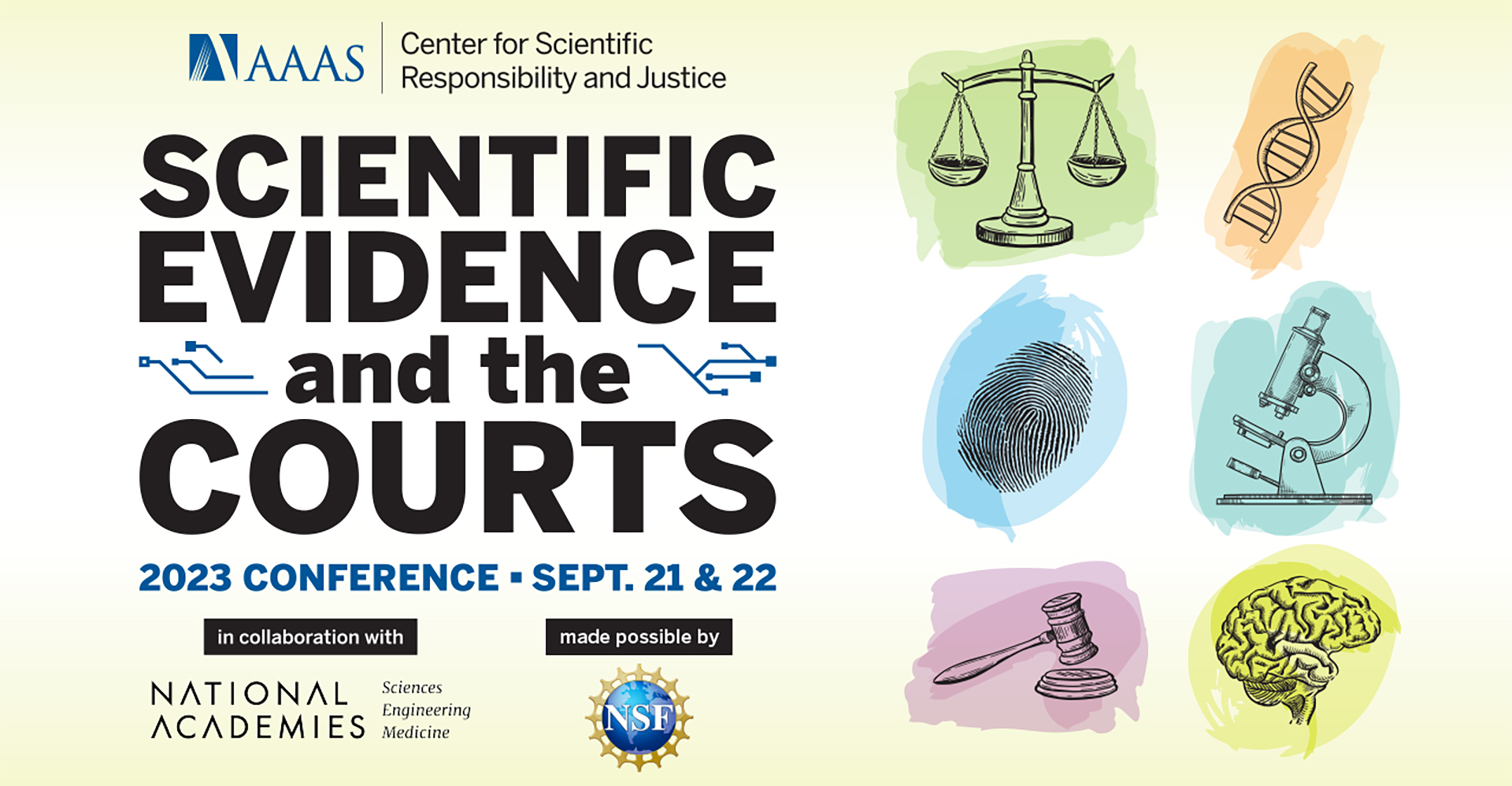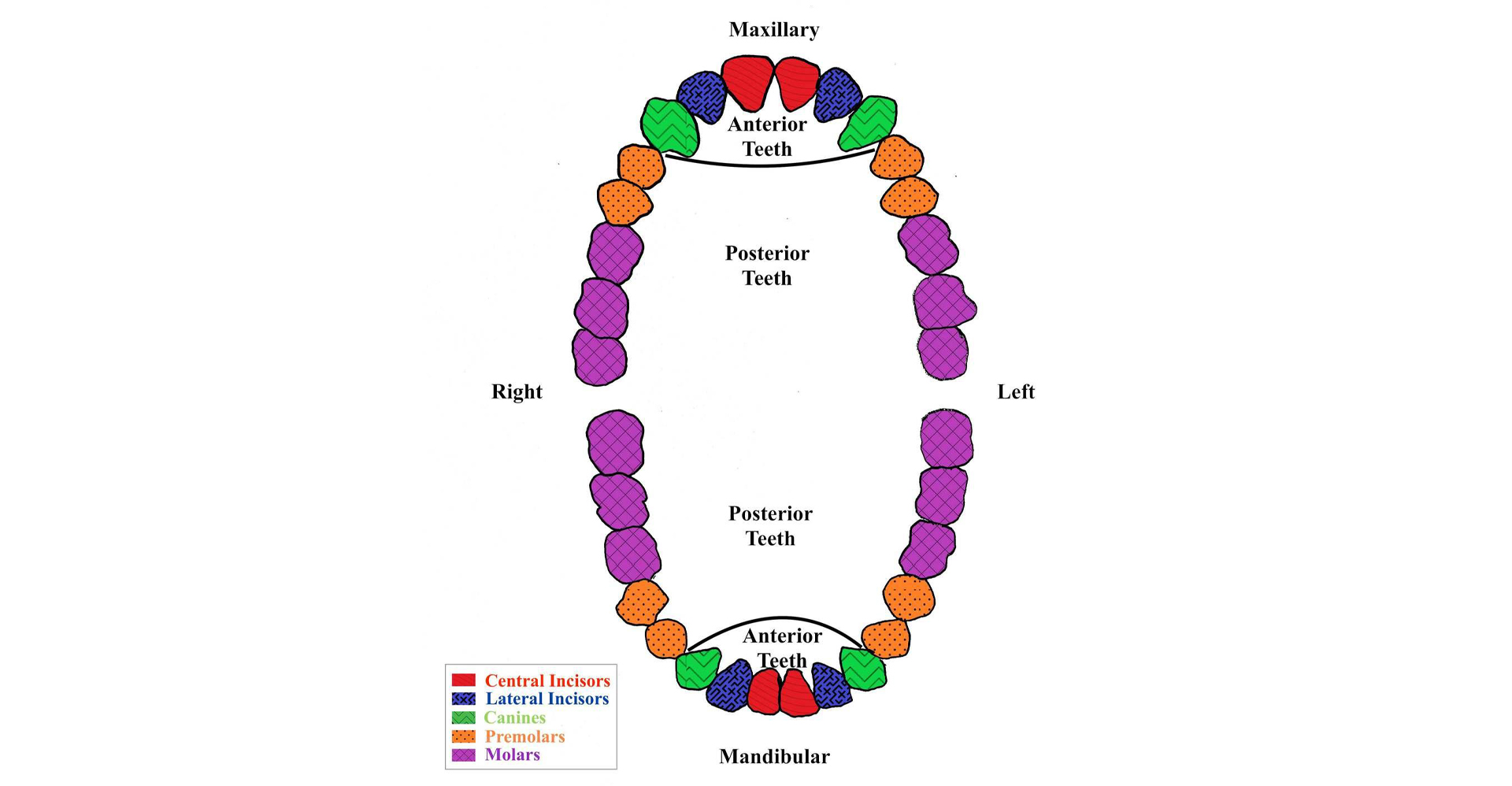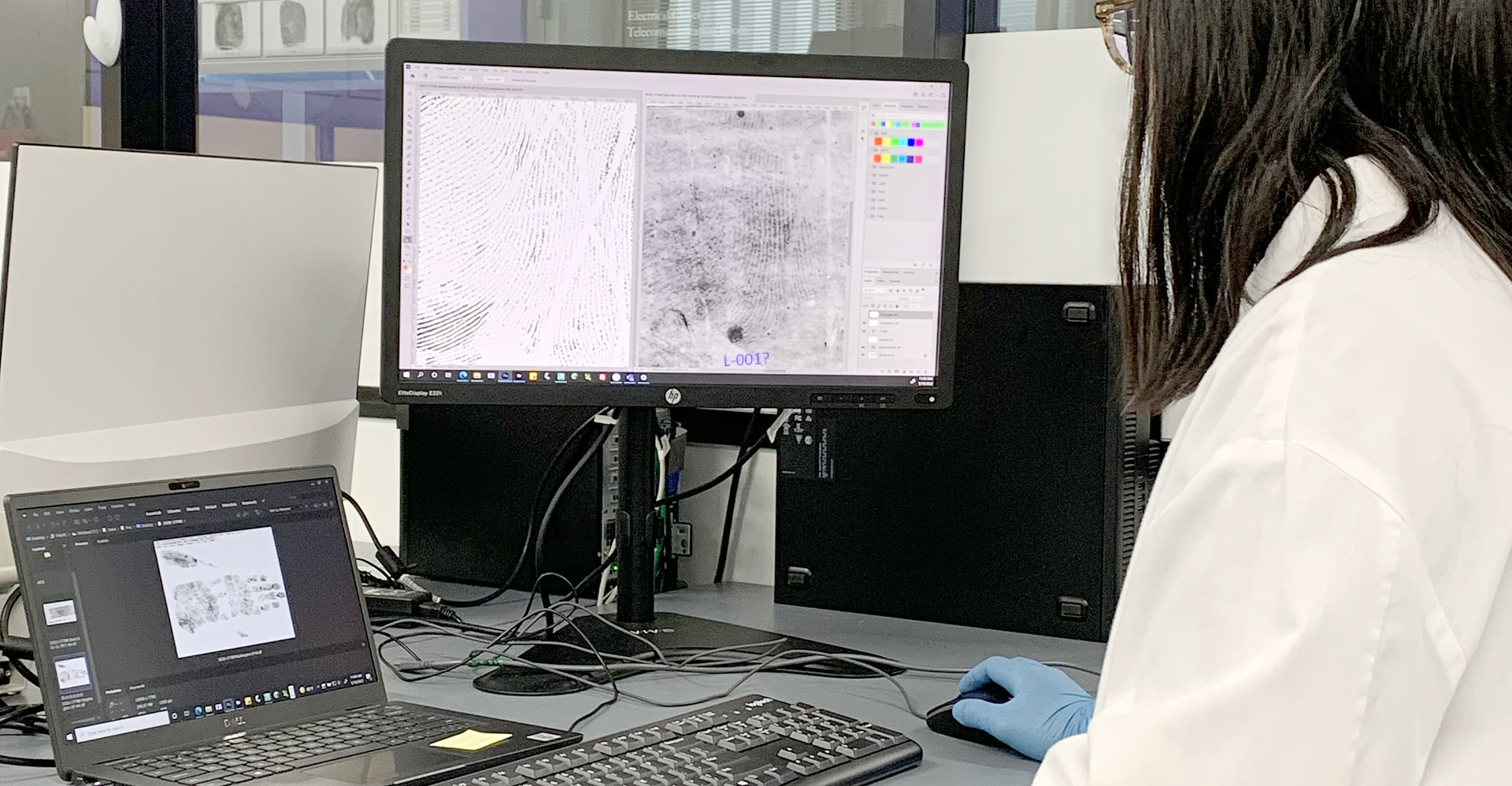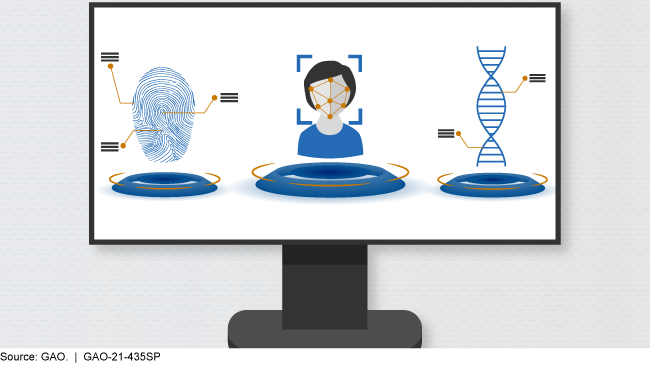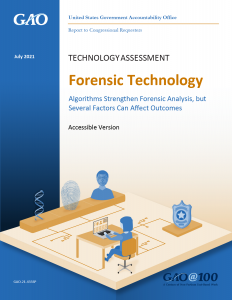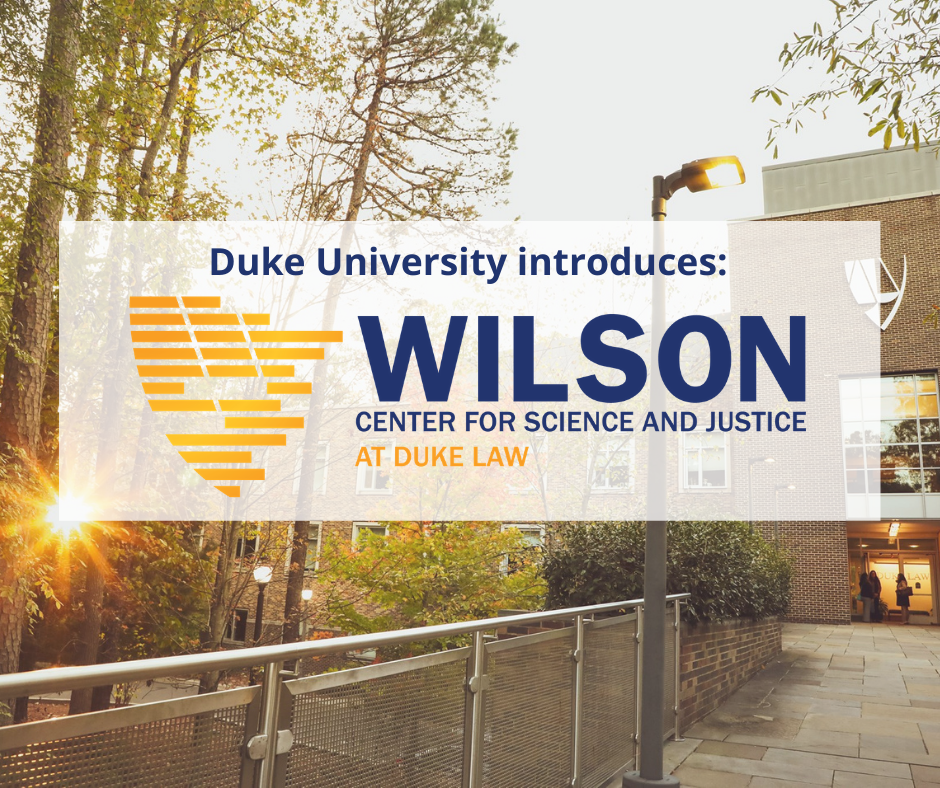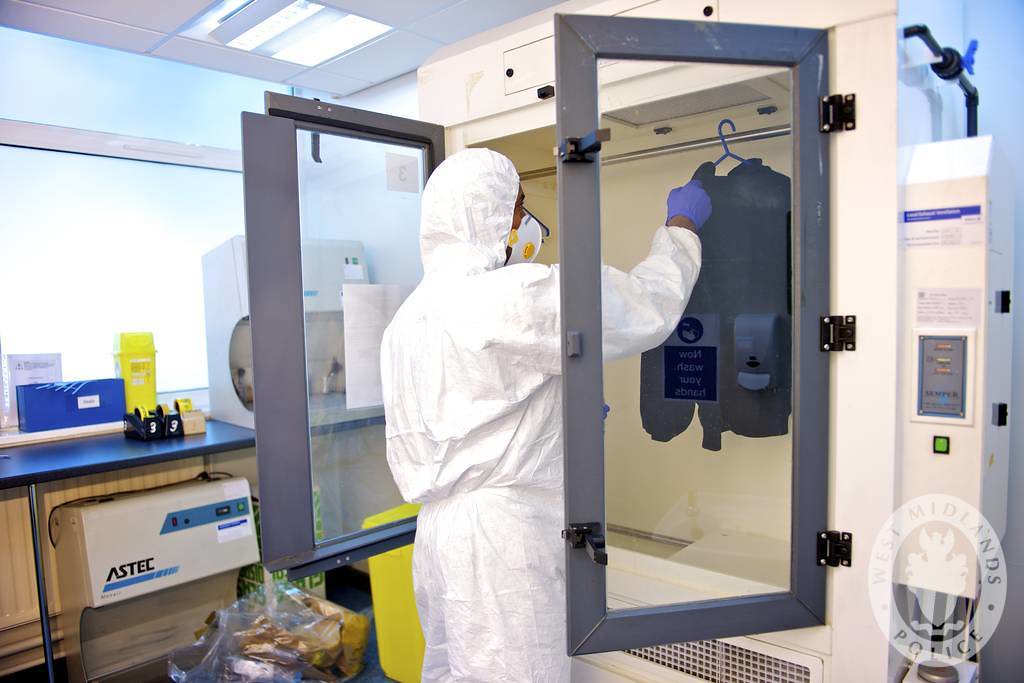The American Association for the Advancement of Science (AAAS), in collaboration with the National Academies of Science, Engineering and Medicine (NASEM), will host a conference to examine the critical issues regarding the admission and use of scientific and technical findings in the U.S. justice system.
Scientific Evidence and the Courts will be held September 21-22 at the AAAS headquarters in Washington, D.C., with a livestream option available for virtual attendees. The event will mark the 100th anniversary of Frye v. United States and the 30th anniversary of Daubert v. Merrell Dow Pharmaceuticals, Inc. Both cases paved the way for establishing rules governing the admissibility of scientific evidence in the courts.
According to the conference website, “Presenters and attendees will examine the history of scientific evidence in the courts, assess current practices, and identify ways to improve the use of credible, trustworthy scientific evidence, and of expert witness testimony, by federal and state courts going forward.”
The conference will include sessions on evolving fields of science beginning to impact the courts, such as artificial intelligence, climate science and statistical modeling.
The Center for Statistics and Applications in Forensic Evidence (CSAFE) is a conference sponsor, and several CSAFE faculty, advisory board members and research collaborators will be participating in panel sessions.
To view the conference program and to register, visit https://www.aaas.org/events/SciEvCon/2023.
DAY 1
Judges as Gatekeepers: Courts and Scientific Evidence
September 21 at 10:15-11:05 a.m. EDT
Panelist:
Tess Neal, associate professor of psychology at Iowa State University and CSAFE research collaborator
DAY 2
Forensic Science: A Texas Case Study in Accountability
September 22 at 9:15-10:15 a.m. EDT
Panelists:
Judge Barbara Hervey, Texas Court of Criminal Appeals, and member of the CSAFE Strategic Advisory Board
Peter Stout, president and CEO of the Houston Forensic Science Center and member of the CSAFE Strategic Advisory Board
Panel: Statistical Modeling and Causation Science
September 22 at 1-1:45 p.m. EDT
Panelists:
Maria Cuellar, assistant professor of criminology at the University of Pennsylvania and CSAFE researcher
Steven Lund, mathematical statistician in the Statistical Engineering Division at the National Institute of Standards and Technology (NIST) and member of the CSAFE NIST Advisory Board
Wrongful Convictions and “Changed Science” Statutes
September 22 at 2:45-3:45 p.m. EDT
Moderator:
Sarah Chu, director of Policy and Reform at the Perlmutter Center for Legal Justice at Cardozo Law and member of the CSAFE Research and Technology Transfer Advisory Board

